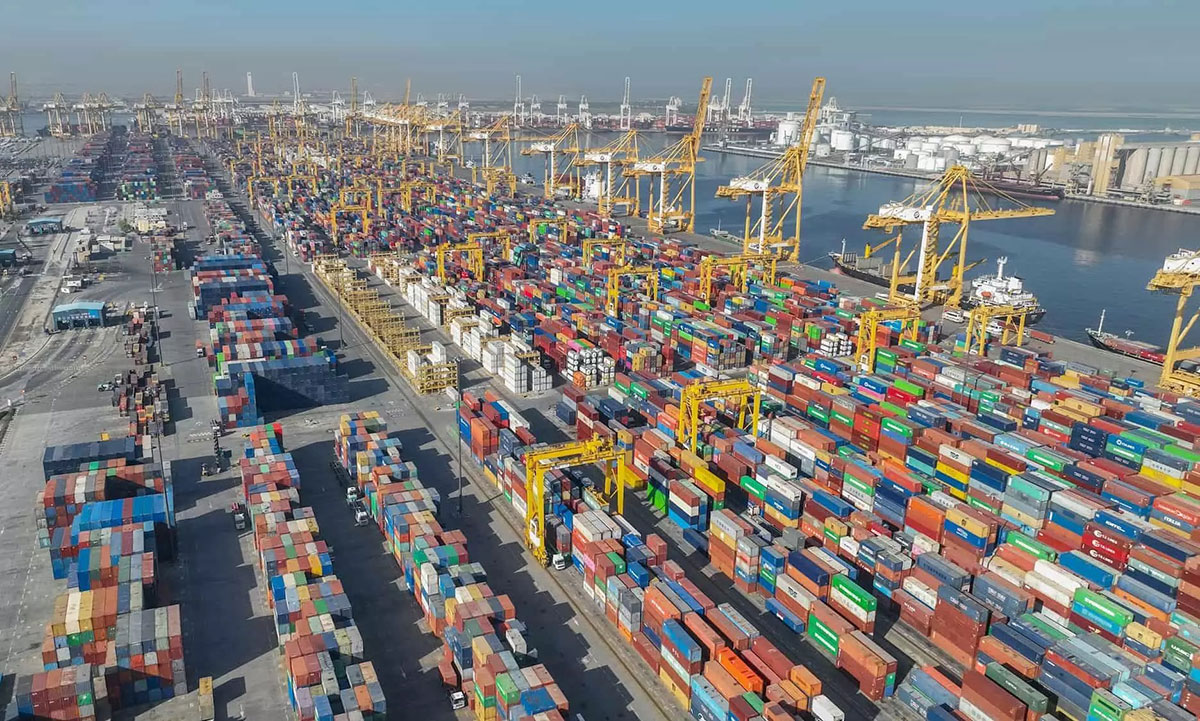
The Impact of Free Trade Zones on Business Growth
Introduction
In today’s world, where economic competition among countries is extremely intense, free trade zones are considered one of the most important tools for economic growth and development. These zones provide special conditions for investment, export, and import, playing a crucial role in boosting businesses. Many countries have established free trade zones to attract domestic and foreign investors as well as to increase their exports.
In this article, we will thoroughly examine the impact of free trade zones on business growth and explain their role in both national and international economic development.
What Are Free Trade Zones?
Free trade zones are areas within a country that are governed by special laws and regulations. These zones provide facilities such as tax exemptions, reduced customs tariffs, simplified trade rules, and full ownership rights for foreign investors.
The main purpose of establishing free trade zones is to facilitate international trade, attract foreign investment, and create employment. Countries such as China, the United Arab Emirates, and Singapore are successful examples of effectively using free trade zones for economic development.
History of Free Trade Zones
The idea of free trade zones dates back centuries. The earliest forms appeared in old ports where traders could import and export goods without paying taxes or duties.
In the twentieth century, many countries officially established free trade zones. For example, the Jebel Ali Free Zone in Dubai, founded in 1985, is now one of the largest and most successful free trade zones in the world.
Benefits of Establishing Free Trade Zones for Businesses
1. Reducing Import and Export Costs
Businesses operating in free trade zones benefit from customs and tax exemptions. This reduces the final cost of goods and increases the competitiveness of companies.
2. Access to International Markets
Free trade zones are often established in strategic geographic locations. This makes it easier for businesses to access global markets and expand their exports.
3. Attracting Foreign Investment
International companies are more inclined to invest in areas where regulations are simpler and economic incentives are greater. Free trade zones, by offering tax exemptions and special incentives, provide an attractive environment for foreign investors.
4. Creating Job Opportunities
One of the most significant impacts of free trade zones is job creation. As businesses grow in these areas, demand for human resources increases, leading to the creation of numerous employment opportunities.
5. Growth of Technology and Innovation
The presence of international companies and strong competition in free trade zones lead to the transfer of knowledge, technology, and innovation. Ultimately, this improves the quality of local products and services.
Economic Impacts of Free Trade Zones on National and International Levels
Free trade zones not only affect local businesses but also have a considerable impact on the national economy. These impacts include:
- Increase in the country’s export volume
- Growth of gross domestic product (GDP)
- Improved global trade position of the country
- Attraction of foreign currency
- Enhanced competitiveness of the national economy
Investment Opportunities in Free Trade Zones
Free trade zones provide diverse opportunities for investment across different sectors. Some of these opportunities include:
- Manufacturing industries
- Logistics and transportation
- International trade
- Tourism
- Information technology
Investors can expand their businesses in these zones with lower costs and reduced risks by taking advantage of the special incentives offered.
Challenges and Limitations of Free Trade Zones
Although free trade zones offer numerous benefits, they are not free of challenges. Some of the limitations and problems of these zones include:
- Possibility of becoming hubs for smuggling goods
- Difficulties in financial management and control
- Risk of excessive dependence on foreign investors
- Lack of sufficient infrastructure in some countries
- Legal complexities in interaction with other economic sectors
Successful Examples of Free Trade Zones Worldwide

1. Jebel Ali Free Zone in Dubai
This zone is recognized as the largest man-made port in the world and hosts more than 7,000 international companies.
2. Free Trade Zones in China
China, by creating free trade zones in cities like Shanghai and Shenzhen, has been able to attract massive amounts of foreign investment.
3. Singapore Free Trade Zone
Due to its strategic location, Singapore is one of the most important global trade hubs, and its free trade zones have played a key role in the country’s economic growth.
The Role of Free Trade Zones in Export Development
One of the main objectives of free trade zones is to strengthen exports. These zones provide the necessary infrastructure and reduce trade barriers, creating ideal conditions for exporters. As a result, the diversity of export goods increases, and access to new markets becomes easier.
The Future of Free Trade Zones and Their Impact on Small and Medium-Sized Enterprises (SMEs)
In the future, free trade zones will play an even more significant role in the global economy. Small and medium-sized enterprises can also take advantage of the opportunities in these areas. These companies can enter international markets at lower costs and benefit from legal and financial support.
Conclusion
Free trade zones are powerful tools for boosting businesses and driving economic development. By offering benefits such as reducing costs, attracting foreign investment, creating job opportunities, and facilitating access to global markets, they have a substantial impact on the economic growth of countries. However, to fully utilize the advantages of these zones, governments must address the existing challenges and provide the necessary infrastructure.
In conclusion, it can be said that free trade zones are one of the key drivers of business growth in the twenty-first century.

